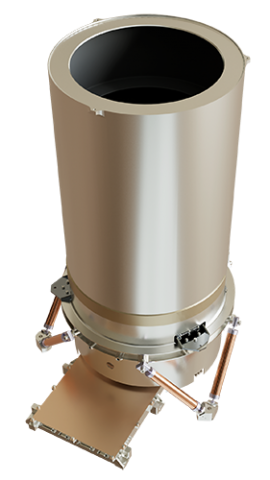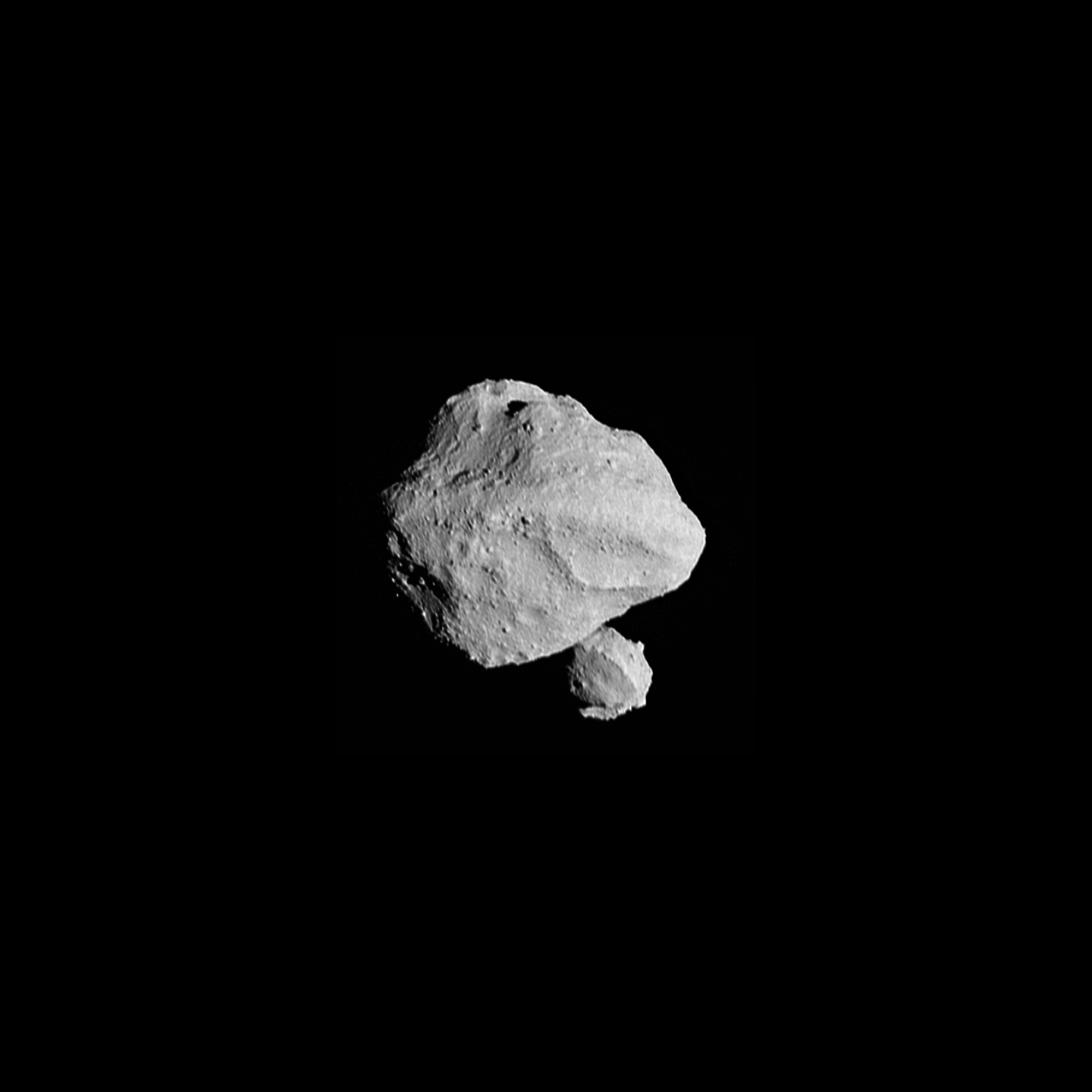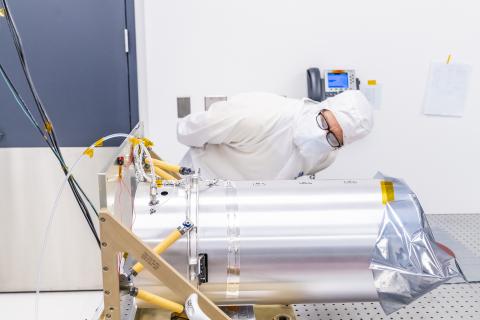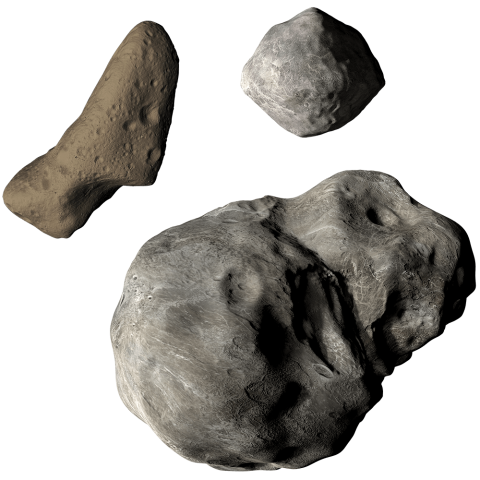About the Instrument
Instrument Type
Optical
L’LORRI — the Lucy Long Range Reconnaissance Imager — is a high-resolution telescopic camera set to fly on NASA’s Lucy spacecraft. It is a critical instrument in Lucy’s mission to perform the first reconnaissance of the Trojans, a population of primitive asteroids orbiting in tandem with Jupiter. Planetary scientists want to characterize these asteroids to better understand their spectral diversity and what that implies about the origin and evolution of our solar system.

L’LORRI consists of an 8.2-inch (20.8-centimeter) aperture telescope that focuses visible light onto a charge-coupled device. It’s the next-generation version of the LORRI instrument currently flying on NASA’s New Horizons spacecraft, which provided the first detailed, close-up views of Pluto and its moons in July 2015, and the first reconnaissance of a Kuiper Belt object — Arrokoth — in January 2019. Among other capabilities, L’LORRI will produce Lucy’s highest-resolution surface maps, which will allow scientists to study the geology, craters and surface evolution of the Trojans.
Mission
Lucy
Slated to take off in October 2021, NASA's Lucy mission will be the first to study the Trojan asteroids, rocks that are thought to be vestiges of the materials that formed the solar system's outer planets. Over 12 years, Lucy will explore eight different asteroids, showing us for the first time the diversity of early objects that built the planets, and offering new insights about the of Earth and ourselves.
Related News & Stories
Go inside APL’s space missions and research, and check out the latest news, features and discoveries from the teams that are probing mysteries from the Sun to the edge of the solar system and beyond.




